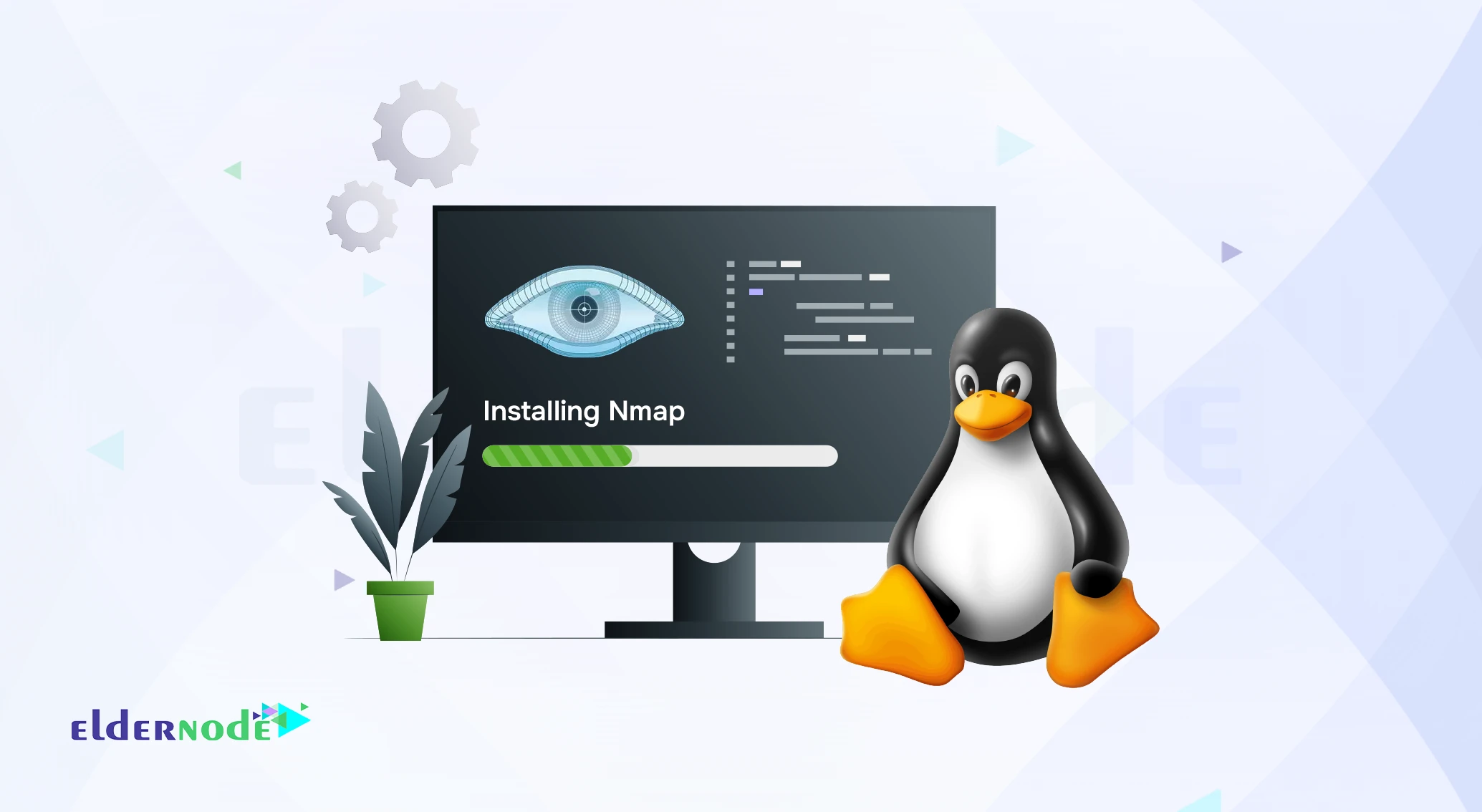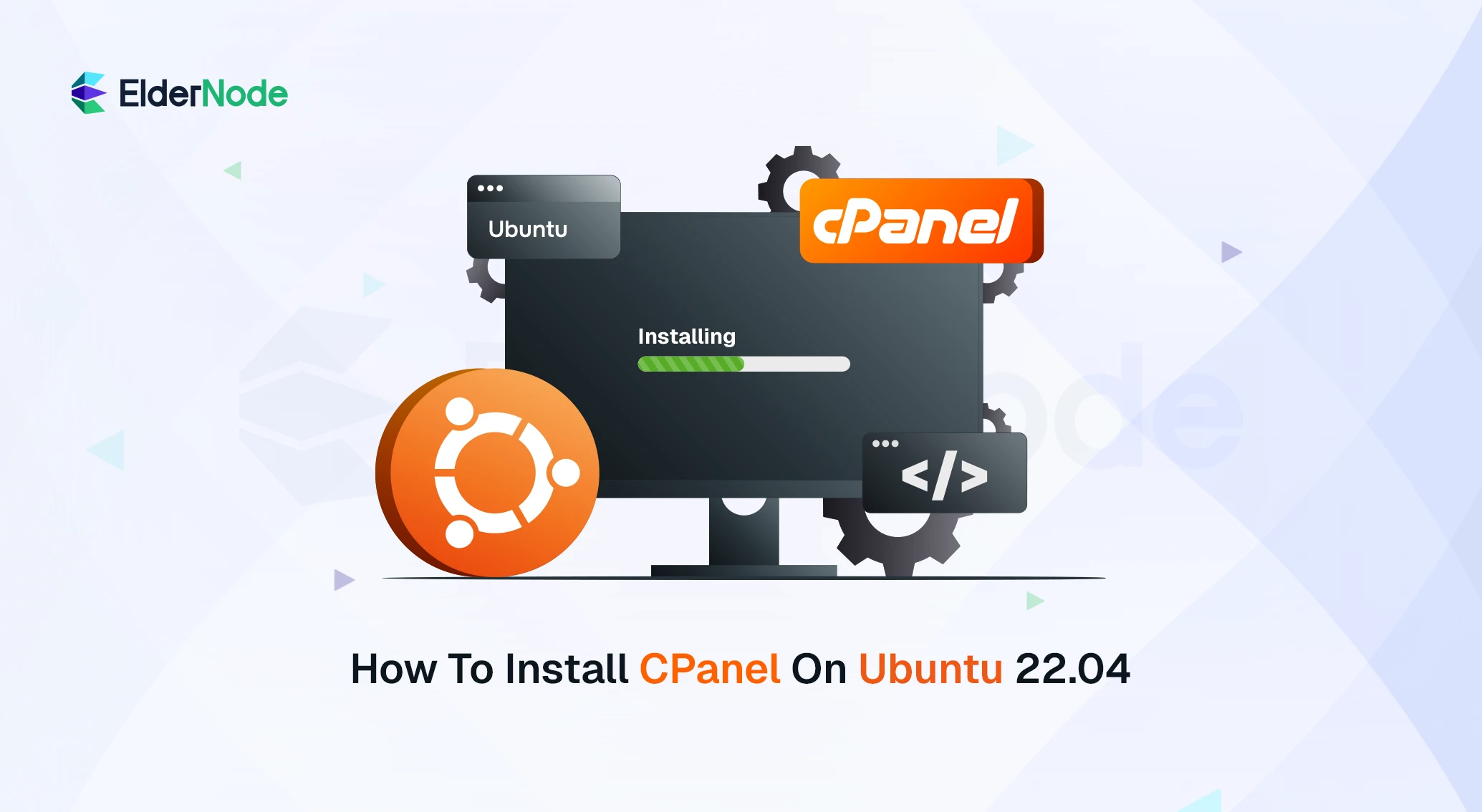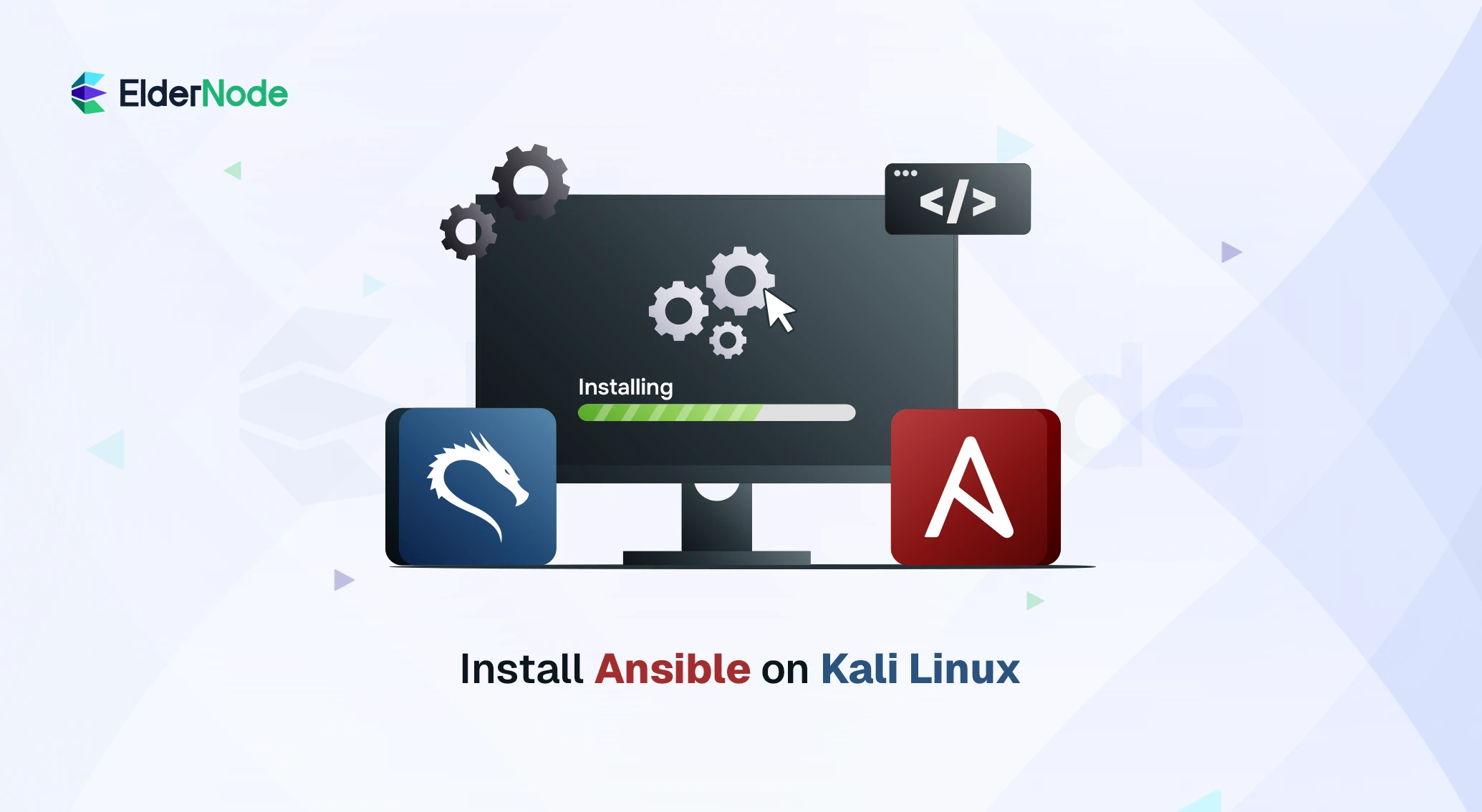How to Install Nmap on Linux (Ubuntu and CentOS) + What It Is

How to install Nmap on Linux, sooner or later, every sysadmin ends up Googling it. My first time was during a late-night troubleshooting session when half the network decided to vanish. Nmap isn’t just “a scanner”; it’s more like that Swiss-army knife you forget you have until you really need it. It’ll sniff out hosts, map open ports, and give you a clearer picture when something’s not quite right.
I’ll show you how to get it up and running on both Ubuntu and CentOS, and share a few small tricks I’ve learned from using it in real life. To get started, make sure you know how to install Nmap on your Linux system, as it’s crucial to begin with the installation process.
What is Nmap?
Think of Nmap as that friend who can walk into a room and instantly tell you who’s there, what they’re doing, and what doors are unlocked. It’s officially called Network Mapper, and it’s been around for decades. It helps sysadmins, security testers, and curious tech folks figure out what’s happening on their networks, including how to install Nmap on Linux as their first step.
You can use it to spot open ports, see what services are running, or even plan when to roll out updates without breaking anything. It runs on pretty much anything: Linux, Windows, and macOS. Moreover, there’s a whole community behind it sharing tricks, scripts, and creative uses.
If you’re curious, the official docs live here: nmap.org. However, don’t be surprised if you get lost in the examples for hours.
Installing Nmap on CentOS
Fire up your terminal yes, the black screen with the blinking cursor. Install Nmap on your Linux when you’re ready. On CentOS, getting Nmap is as easy as running: it’s straightforward once you know how to install Nmap on your Linux setup.
sudo yum install nmap
If the system politely asks for confirmation, just hit y and let it do its thing. A minute later, you can check it worked by running:
nmap --version
You should see something like “Nmap 7.x” pop up, which means you’re ready to scan. It’s crucial to ensure the installation of Nmap works properly on your Linux machine.
Installing Nmap on Ubuntu
Ubuntu users, start by refreshing your package list. Successfully installing Nmap on your Linux is key to making it work properly.
sudo apt-get update
Then pull Nmap from the repos:
sudo apt-get install nmap
Say y when asked, and once it’s done, confirm with:
nmap --version
First Test Run
Let’s give it a quick spin. Once it’s installed, aim it at your router or any spare machine on your network it’s a quick way to see Nmap in action.
nmap 192.168.1.1
You’ll get a neat little list of open ports and services. In just a few seconds, Nmap maps out your network and shows you exactly what’s open and running. Successfully installing Nmap on your Linux device opens up a world of scanning possibilities.
Conclusion
After you’ve run a few scans, you’ll start to see why Nmap has been around for so long. Keep it simple, or push it further, Nmap works either way. Yet, it can get seriously powerful if you dig deeper. Personally, I keep it on every Linux box I manage; it’s saved me more than once from chasing phantom network issues.
If you’re curious about its more advanced tricks, the official Nmap docs are a goldmine. Just be warned, you might end up experimenting for hours, especially after installing Nmap on your Linux system.





